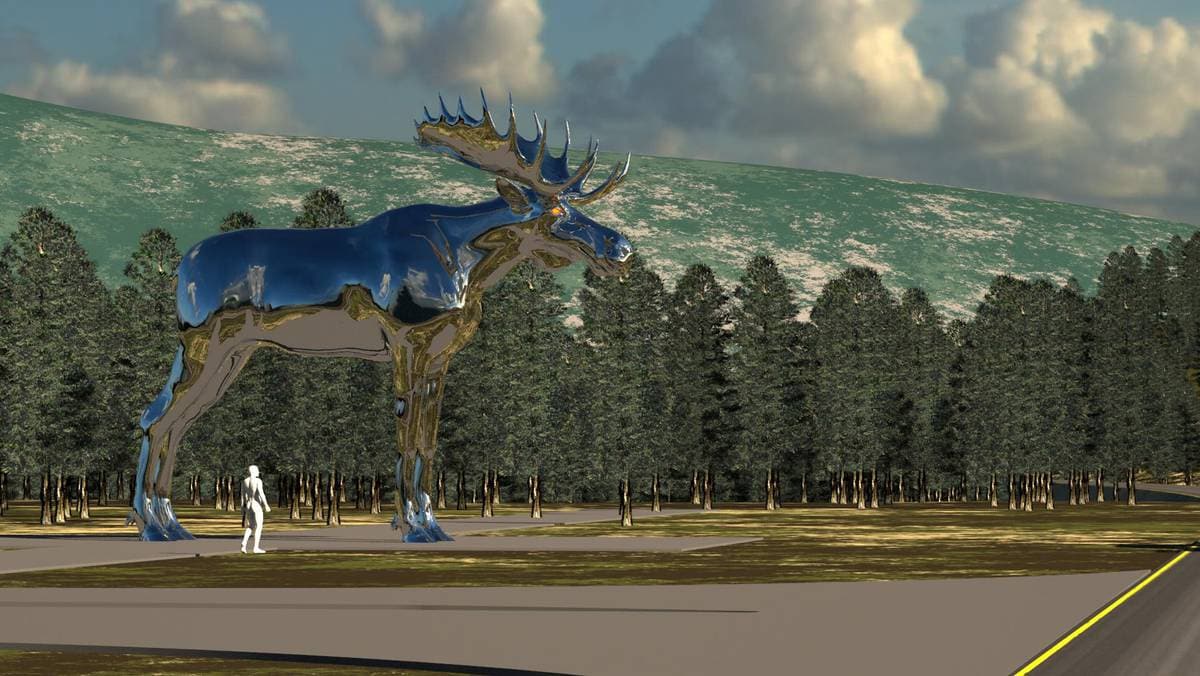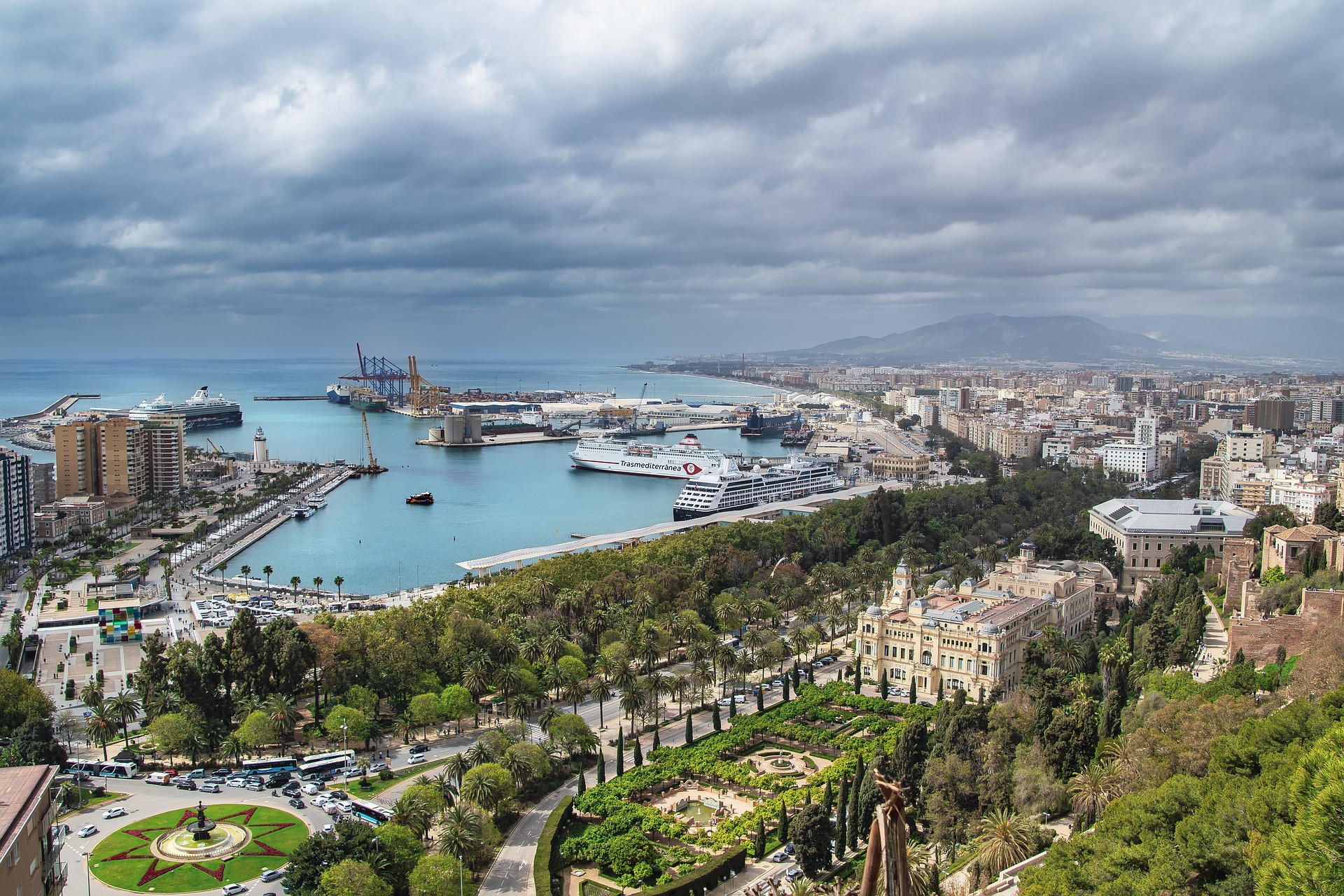Beneath Lake Taupo (Lake Taupo), New Zealand’s largest lake, lies taupo volcano.
According to a recent study published in New Zealand Journal of Geology and Geophysics and mentioned by Securitythe volcano is still active.
Only since May this year has GeoNet monitoring system recorded more than 700 small earthquakes in Taupo.
This caused the hazard level to be raised from 0 to 1 at the volcano, which has not happened since the warning system was introduced in 1994.
– The Taupo volcano hazard level has been raised to volcano warning level 1 (small volcano riot). This minor disturbance causes continuous earthquakes and ground deformation at the volcano, writes GeoNet on twitter on September 20.
According to the geologist at the municipality of the Vestfold and Telemark region, Sven Dahlgren, there is no doubt that Taupo is an active volcano.
– Taupo is a super volcano. It’s boiling continuously and will do so for a long time, geologically, he told Dagbladet.
No one knows when the “gates to hell” will open
750 earthquakes
On September 28, GeoNet announced website that they maintain a level 1 hazard in the Taupo volcano warning, and at the same time they adjust the number of earthquakes recorded.
– We have now found about 750 earthquakes, mainly with a depth of 4 to 13 kilometers, writes GeoNet.
Geologist Dahlgren says that volcanoes often have episodes with many earthquakes, and then there is a period of silence before new earthquakes occur.
– Earthquakes occur, among other things, when magma penetrates upward through the Earth’s crust, but often magma collects in “magma chambers” several kilometers below the surface and remains there. Most magma can cool at depth, turn to rock and never reach the surface, geologists say.
According to him, the earthquake that is currently being recorded in Taupo is likely and not too large. At least not for now.
– What is being recorded right now may be a problem episode before it stops again. But the Taupozone is one of the most active volcanic zones in the world, so an earthquake could also be the start of something bigger. You never know for sure what a volcano is doing, he said.
super volcano
Despite the fact that Dahlgren believed that there would definitely be a new eruption from Taupo, he felt it was unlikely that the next eruption would be a super-eruption.
– It’s not too much activity, he said.
He said that a supervolcano is a volcano where one or more supereruptions have occurred.
– It’s only been about 20 years since geologists started talking about supervolcanoes, while super-eruptions have been discussed further back in time, says Dahlgren.
An important reason for this is that “supervolcano” phenomena have recently become aware of the fact that they don’t look like what we usually think of as volcanoes, geologists say.
– They don’t look like volcanic cones like Vesuvius near Naples or Fuji in Japan, but rather volcanic eruptions so large that they become large craters, or large “holes” in the earth’s crust called “calderas”. The crater, or caldera, is 100 kilometers in diameter in the supervolcano, he explains.

EXPERT: Geologist in the municipality of the Vestfold and Telemark region Sven Dahlgren. Private photo
see more
– Year without summer
An eruption is a volcanic eruption in which lava or volcanic ash escapes onto the earth’s surface, geologists say.
– When it comes to supervolcanoes, we only talk about volcanic eruptions with volcanic ash. There have also been major eruptions with lava throughout geological history, but these are not referred to as supervolcanos. An eruption of volcanic ash must be very large, i.e. a volume of more than 1,000 cubic kilometers of volcanic ash from a single eruption to be called a supereruption.
He stressed that there is a very long time between every supereruption on Earth.
– No historical eruption is a super-eruption. They are only detected in geological deposits. The largest known historical eruption occurred in 1815 at Tambora in Indonesia. It caused the “year without a summer” in 1816 as it affected the northern hemisphere’s atmosphere and lowered temperatures significantly. Summer is too short to grow food and this means there will be famine. However, the Tambor eruption is still small compared to the supereruption.
Super-eruptions can affect climate in extremes and over years, and could be the end of civilization as we know it, according to Dahlgren.
– But it could be thousands of years. Taupo is unlikely to come close to this now, but you never know for sure, he said.

“Hardcore zombie fan. Incurable internet advocate. Subtly charming problem solver. Freelance twitter ninja.”







